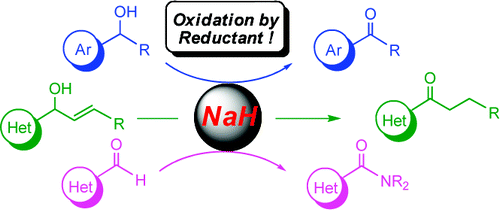Howard Flack is s crystallographer who has devoted many years to the crystallography of stereochemistry. Now he has published a fantastic review of one of the greatest feats of science – Pasteur’s work on optical isomers: http://crystal.flack.ch/sh5092.pdf
Louis Pasteur’s discovery of molecular chirality and spontaneous resolution in 1848, together with a complete review of his crystallographic and chemical work
I couldn’t even start to summarise this, but I would make it required reading for any young chemist. It’s almost impossible for us to recreate the mindset of chemistry 150 years ago and relating the geometry of crystals to life must have seemed fantastical. Weird ideas abounded and it would never have met the rigid and mechanical funding criteria of today. Not surprisingly Pasteur’s professor, Biot, was not convinced.
Howard quotes one of my favourite passages – translated and written by Frankland over 100 years ago. It shows the scepticism necessary to science, the care required to plan an experiment with appropriate control and the readiness of a great scientist to change their world view in the face of new ideas and evidence.
He (J.-B. Biot) sent for me to repeat before his eyes the several experiments. He gave me racemic acid which he had himself previously examined and found to be quite inactive to polarized light. I prepared from it in his presence the sodium ammonium double-salt, for which he also desired himself to provide soda and ammonia. The liquid was set aside for slow evaporation in one of the rooms of his own laboratory, and when 30–40 grams of crystals had separated he again summoned me to the Colle`ge de France, so that I might collect the dextro- and laevo-rotatory crystals before his eyes, and separate them according to their crystallographic character, asking me to repeat the statement that the crystals which I should place on his right hand would cause the deviation to the right, and the others to the left. This done, he said that he himself would do the rest. He prepared the carefully weighed solutions, and, at the moment when he was about to examine them in the polarimeter, he again called me into the laboratory. He first put the more interesting solution, which was to cause rotation to the left, into the apparatus. Without making a reading, but already at the first sight of the colour-tints presented by the two halves of the field in the Soleil saccharimeter, he recognized that there was a strong laevorotation. Then the illustrious old man, who was visibly moved, seized me by the hand, and said ‘Mon cher enfant, j’ai tant aime´ les sciences dans ma vie que cela me fait battre le coeur!’.
